Maharashtra is definitely one of the most spiritual states in India. It has 3 holy cities of 3 different religions, exceptional religious sites like the Ellora and Ajanta caves. The state also has many ancient temples. Book lovers, we invite you to read a list of the 10 most beautiful temples in Maharashtra.
Number 10: Anwa temple, the architecture of South Indian and Central Indian most beautiful temples in Maharashtra
This temple is located at Anwa village. It is on the road between Aurangabad to Ajanta caves, 8km straight in from Ajanta highway road.
This temple is dedicated to Lord Shiva even if there are images of the Lord Vishnu. That is a mixture of Shivism and Vaishnavism temple. It still stands strong with beautiful carvings around. It dated from the 12th century. The temple has a sabha mandap (an open space), built in Hemadpanti style. The columns are finely carved with Hindu lord statues and religious symbols.
If you visit Ajanta caves, spare an hour to visit Anwa village to explore this beautiful temple.
Number 9: The Nrusinha teerth temple at Charthana
Charthana is a village that is badly affected by Corona crisis. There we have carried out actions to raise awareness among residents of their exceptional heritage.
This village had 360 temples dedicated to Mahadev. Today many of these temples have been lost, ruined, either destroyed or buried. There are still few temples that allow us to imagine the beauty of the village long time ago. There is also a bawdi (stepwell), it used to be a water source for the village few decades ago.
To visit the Nrusinha teerth temple, you have to take a small walking path that crosses the fields of carrots, cauliflower and tomatoes. Before crossing a bridge, you can see the temple on your front side. You will be amazed by this temple set in the middle of timeless nature. It is right beside the little river flow which gives a mesmerizing feeling during monsoon time.
It is a large temple which has a main sanctum where the guardian deity resides and cavities around it with statues of other deities. At the bottom of the stairs, a few statues are placed on the ground which are believed to be ruined parts of temple. The most important one represents Vishnu.
Charthana is a very interesting village to visit because of its ancient architectural temples, beautiful wooden houses and Bawdi.
Number 8: The Ambarnath temple
Ambarnath village is located at 60km from Bombay (Mumbai). It has a train station by its name.
Ambarnath temple is in fact the temple of Shiva which is located in the village.
This temple was built in 1060 AD. Its construction is attributed to King Chittraja of the Shilahara dynasty. His son Mummuni rebuilt the temple during his reign close to the Vadavan river, it is a hemadpanthi style. It is all built in black stones. The roof is as precisely worked as the columns, which gives the temple a particular harmony.
The temple is dedicated to Shiva, one of the gods of the Hindu trinity. Extremely rare in Hindu temples is the presence of two Bramha statues. The first one is a statue representing Brahmadeva on the outside wall. The second one is a murti of Hari- Hara-Pitamaha-Surya in which Shiva, Vishnu, Brahma and Surya are represented together as a single deity.
The biggest festival celebrated in this temple is the Mahashivratri. The festival begins two days before and ends two days after Mahashivratri. They receive crowd in huge numbers, sometimes they have to close the roads around.
Number 7: Trimbakeshwar temple
This temple is located at 28 kilometers from the holy city of Nashik at the foot of Bramhagiri mountain which is the source of the Godavari river. This river is the longest river on the Indian peninsula. It is considered as sacred river of India.
This temple is a one of the twelve Jyotirlinga temples which was built by third Peshwa Balaji Bajirao (1740-1760) on the site of an old temple.
According to the Shiv Puran, one day Brahma (God of creation in Hinduism) and Vishnu (God of preservation) had a dispute over the supremacy of creation. To resolve this quarrel, Shiva pierced the three worlds with an endless pillar of light, the Jyotirlinga. The two gods separated to find the end of the pillar. Brahma lied by declaring that he had found the end of the pillar and Vishnu recognized his defeat. Shiva appeared as a second pillar of light and cursed Brahma. In all times, when Vishnu is worshipped, there will be no room for Brahma. The 12 temples were built where Shiva appeared as a column of fiery light. This is the story we have heard but there are other stories too such as the temples were built where immortal liquid has fallen from heaven.
There are always a lot of people in and around the temple. The temple itself is quite simple but the atmosphere around is extraordinary. In addition, stroll through the village, you will discover other magnificent temples on the way to Bramhagiri mountain.
Number 6: The temple of Aundha Nagnath
It is to be believed that the actual temple was built by Yudhishthira, the oldest in the Pandavas during the Mahabharat era.
The present temple was built in the 13th century by the Seuna dynasty (Yadava) who had their capital at Devgiri. It is also Hemadpanti style although it was partially rebuilt during the Peshwar era.
It is number 8th Jyotirlinga temple in India.
The temple has a multitude of statues which are finely carved. When you go around the temple, you no longer know where to look because there is so much to see. Arriving at the back of the temple, you will be dazzled by the large statue of Vishnu, in a meditation position.
The roof denotes to the complete satisfying feeling, it gives a charm and a particular beauty to this temple.
Number 5: Daityasudan temple, the first of the top 5 most beautiful temples in Maharashtra
Arriving at the top 5 of the most beautiful temples in Maharashtra, it becomes more and more difficult to decide which one deserves better number. They all are of equal beauty but the emotions or experiences they offer guided my choices to establish the ranking.
So let’s start with the Daityasudan temple which is located in Lonar village near Lonar lake.
This temple is one of it’s kind. Indeed, more of the temple was destroyed and rebuilt in a completely different style.
The temple was built in the 12th century in the Hemadpanti style. It is dedicated to the god Daityasudan, avatar of Vishnu, who killed the demon Lonasur. The history of Lonar starts from their epic battle to the third largest crater in the world.
When you arrive in front of this temple, you will have a strong feeling due to the different architecture which is not similar. Start by going around the outside of temple. You will find statues of different deities. But especially statues representing the Kamasutra. If you pay attention, you will also discover statues with Asian features. We know that Japanese monks came to visit Ajanta caves in the 7th century so we think that there were some cultural exchanges with China or Japan. The sculptors must have been inspired to create the statues.
When you enter the temple, you will be surprised. The architecture is no longer Hemadpanti at all but rather Nizam style. There are several speculations around the restoration of this temple between the XVII and XIX century. One thing is certain, once you are inside the main sanctum, you will be confused to understand if you are in a temple or a mosque.
Number 4: Pravara Sangam Siddheshwar temple
What makes the beauty of this temple is its simplicity. No huge carved colonnades of various deities. The sculptures here are simple and elegant.
This temple was built during the Peshwa period (18th century). An inscription in Devanagari located on the south door of the temple confirms this. There are scenes from the Ramayana and the Mahabharata depicted on the walls as well as many gods and goddesses.
The temple is located on the banks of the Godavari river on the road between Aurangabad and Ahmednagar. If you have a chance to make this trip with a driver, ask him to stop at this temple to visit and explore the place. It is one of the best scenic spot during monsoon due to the confluence of Godavari and Pravara rivers.
Number 3: Kopeshwar temple
- Temple in Maharastra
Khidrapur village is located at 60km from the ancient Maratha capital, Kolhapur. The road between these two places is very pleasant.
When you arrive in the village, you will be on the border between Karnataka and Maharashtra.
According to believers, Sati (Shiva’s wife) visited her father to celebrate a ceremony. She was accompanied by Nandi (Cow). During this ceremony, Daksha Prajapati, Sati’s father, went mad and began to insult his daughter and her husband. Sati felt Humiliated and threw herself into the fire and died. When Shiva heard the news, he went into a black rage. He created Virbhadra from his hair to destroy Prajapati. It is Vishnu who were able to calm Shiva who were on the verge of destroying the world.
After entering the temple, you will discover a circular platform which is open to the sky. Your gaze will be drawn to the sky. On the pillars of this platform are deities like Ganesh or Indra. By positioning yourself in the center of the platform, you can admire the god Shiva in the main sanctum. On the left, we can admire the God Bramha and on the right side, the God Vishnu. At a single glance you can observe the holy Hindu trinity.
The temple appeared in the marathi film named Katyar Kaljat Ghusli. Here is the video where you can see this temple.
Number 2: Gondeshwar temple
I will always remember the first time I visited this temple. We had taken a rickshaw to pass the distance between Nashik and Gondeshwar temple. You will pass through a small town Sinnar which is quiet modern without any interest. The street which leads to the temple ends on a large ground full of garbage. At first, we wondered if we hadn’t made a mistake to come. We get off the rickshaw and head for the main door of temple. Once this passed, we felt conquered. The temple is placed in the center of a garden closed by large walls.
The temple was built between the 11th and 12th centuries. It was built in the Bhumija style. It is a complex with a main sanctum and four secondary sanctums of different gods. The main temple is dedicated to Shiva. The other temples are dedicated to Surya, Vishnu, Parvati and Ganesh.
After going around, you will notice that no view of the temple is identical. It is a paradise for photographers.
Number 1: Hottal temple, one of the most beautiful temples in Maharashtra
Hottal is located at 80km of south of Nanded. This tiny village is not very touristy despite its main temple which is one of the most beautiful in Maharashtra.
This temple dated from 1120 AD and was built by Siddhugi. It is a very fine example of the Chalukyan architectural style. The temple is dedicated to the performing arts. This is why on the exterior walls, there are sculptures representing classical musicians or dancers. This is why in January a big show is organized in front of the temple with musicians and dancers of Maharashtra.
There are so many details that you can discover for two days by admiring the temple and explore new things. Surprisingly, one of walls of this temple is completely plain without any art pieces.
The temple was almost disappeared, but thanks to the people of archeology department, tourism department and locals who saved this place by rebuilding it. If you are in Nanded district, take a stop to see this temple. You will not be disappointed. In addition, the locals are incredibly kind. 3
Do you agree with our selection? Do you know other temples that deserve to be in this list of the 10 most beautiful temples in Maharashtra? Let us know.
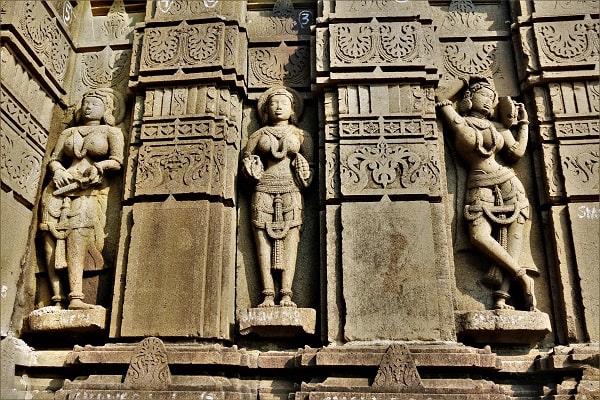
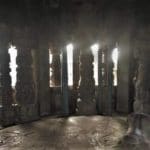
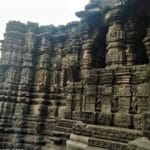
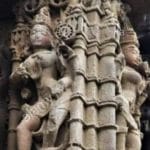
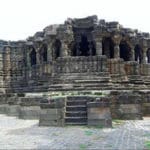
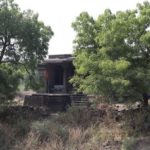
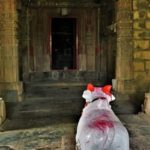
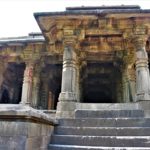
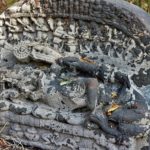
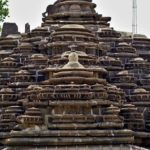
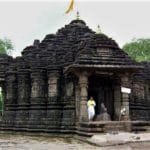
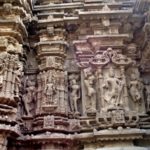
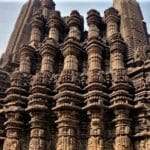
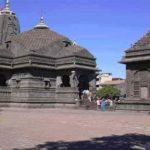
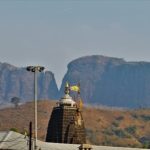
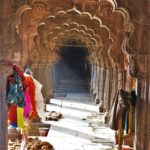
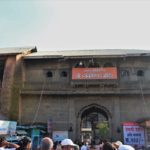
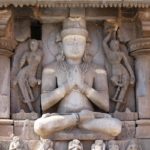
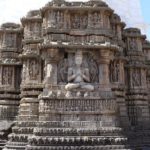
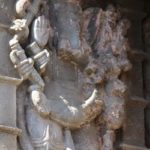
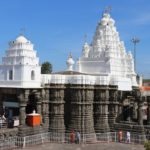
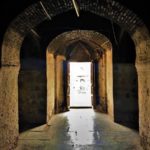
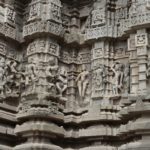
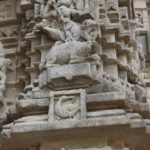
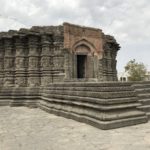
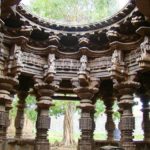
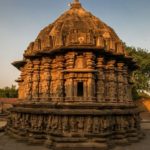
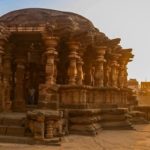
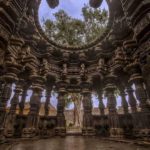
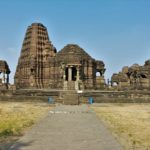
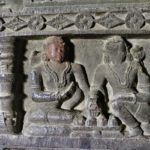
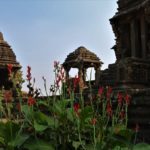
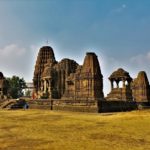
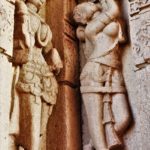
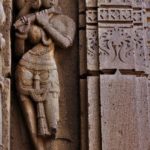
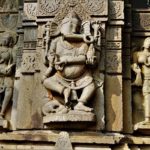
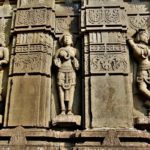
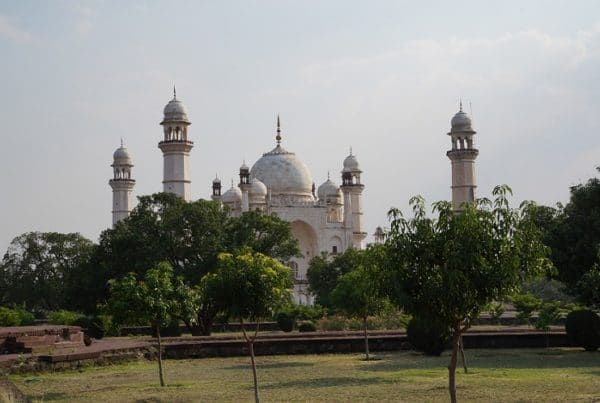
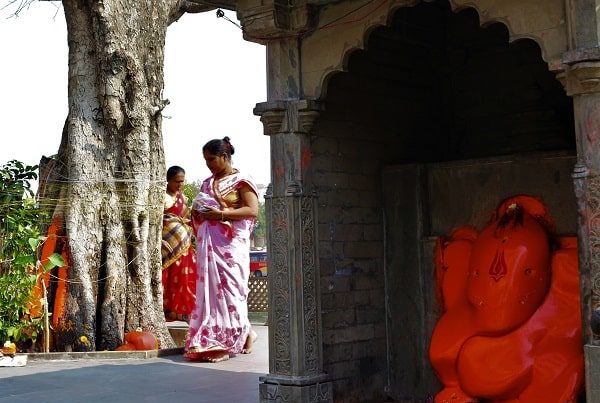
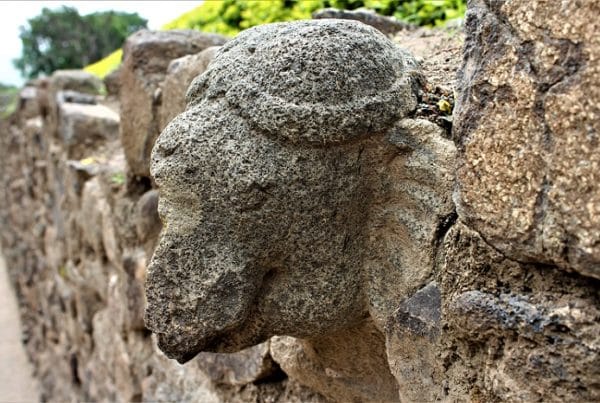
Join the discussion One Comment